Adjusting to life after your child has a heart transplant is not easy. It’s a huge change for the entire family, to say the least, and the number of follow-up tests, clinic visits and limitations can be overwhelming.
It can be especially difficult when your child looks and seems much healthier after the transplant than before transplant, when your child was probably at his sickest. Parents often wonder why their child needs to be seen by the clinical team so frequently when she is doing so much better than she was before.
It’s important for families to understand our approach to the post-transplant transitional period, as the follow-up care is imperative to preventing rejection and other post-surgical complications. While it may seem like a lot, each visit and procedure is necessary to ensure that your child’s post-transplant period goes as smoothly as possible.
- Proximity
- Clinic Visit – Exam
- Biopsy – Cath
- Echo
- Labs
- First 3 Months
- 9 mile radius
- Weekly
- Weekly
- Every visit – biopsy
- Weekly
- 3-12 Months
- 4 hour radius
- Every 2 weeks to 1 month
- Every 3 months
- Every visit – biopsy
- Every visit
- After 1 Year
- N/A
- Monthly to every 2 months
- Every 3 months – coronary artery check yearly*
- Every visit – biopsy
- Every visit
- After 3 Years
- N/A
- Every 3 months
- Every 6 months
- Every visit – biopsy
- Every visit
If you have questions, or would like to request an appointment, please contact our Heart Institute.
Proximity
Within the first three months post-transplant, we ask that families stay within nine miles of the hospital. Transplants are at their highest risk for death or major complications within this time frame, so it’s important to stay close enough for clinic visits and in case there is an emergency. We do provide housing at the Ronald McDonald House or a local hotel.
During the 3-12 month post-transplant time period, we ask that families stay within four hours of the hospital. This proximity is a precaution to make sure that if complications were to arise, your child could be safely transported from your local hospital to ours. We also ask that any vacations you might take happen within four hours of the hospital so that you’re close enough in case of an emergency.
After the one year mark, families won’t need to stay within a certain radius of the hospital. The likelihood of significant complications decreases after this point. However, we can always recommend a vacation location with a close local hospital in case there is an emergency or illness while on vacationing.
Clinic Visit and Exam
During your child’s clinical exam, our heart transplant physicians will: listen to his heart to make sure that it’s not making any additional sounds that could indicate rejection; listen to his lungs to ensure there is not extra fluid on the lungs that could suggest a negative side effect of the medications; examine his liver to make sure it’s not enlarged, which could indicate that the heart is not functioning appropriately; look at his lymph nodes, which can be indicators of an immune system response. A pharmacist will also review your medications with you and determine if there are any side effects and adjustments that need to be made.
Biopsy and Cardiac Catheterization (cath)
In order to biopsy (remove a tiny pinhead size of tissue) the heart, we will need to perform a cardiac catheterization procedure. Our pathologists will review the tissue to make sure that there are no signs of rejection, and our catheterization physicians will be checking to make sure that your child’s pressures within the heart aren’t abnormal, which can be related to rejection.
* At the one-year mark and every subsequent year, we will also do a biopsy and cath to check your child’s coronary arteries. The narrowing of the coronary arteries, or coronary artery disease, is one of the biggest risks of heart transplantation and often the cause for re-transplant.
Echocardiography (echo)
Your child will frequently receive echocardiograms to ensure that there have been no acute changes, no signs of rejection, and the heart is squeezing appropriately.
Labs
When we draw your child’s blood, we will be running labs to check on many different things:
- Kidney function: the medications your child is on can affect the kidneys. We are checking to make sure that the medication levels are high enough to prevent rejection but low enough to not injure the kidneys.
- Immune system response: transplant medications can negatively affect your child’s white blood cell count, which can make her more susceptible to infection and rejection.
We do understand that a heart transplant comes with a lifestyle adjustment, and we aim to redefine what “normal” looks like for your family, so that you and your child can lead a better, longer and healthier life. Many parents report feeling overwhelmed initially but after the first few weeks they feel like they can tackle anything.
We are here to help you through this process and I hope that this information gives parents a picture of what will take place during the first few years post-transplant. They are measures we’ve put in place to catch any complications early, prevent organ rejection, and preserve the longevity of the heart.

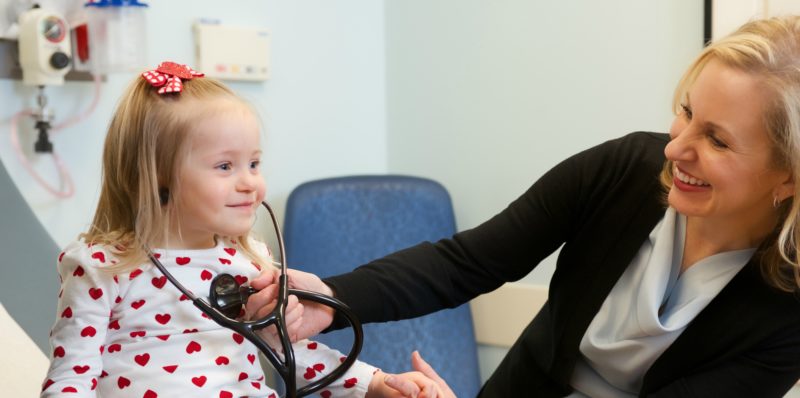
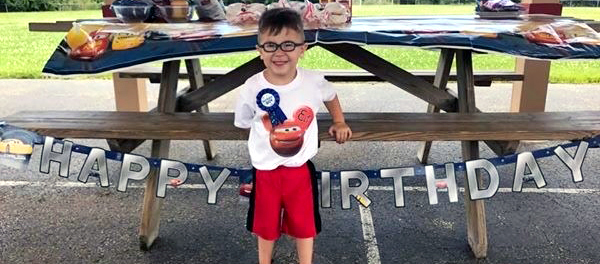
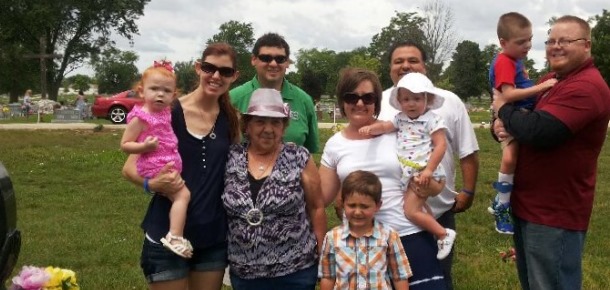
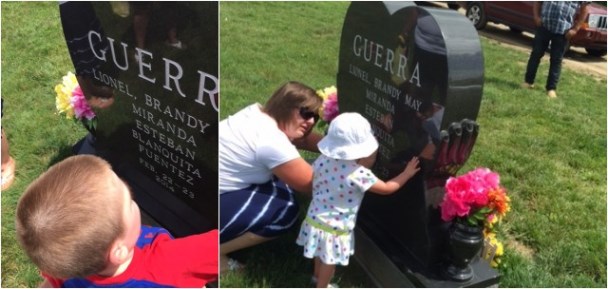
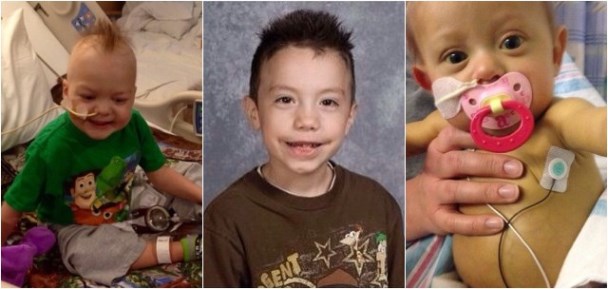
Congratulations on your article. Great job.
Very proud of you.